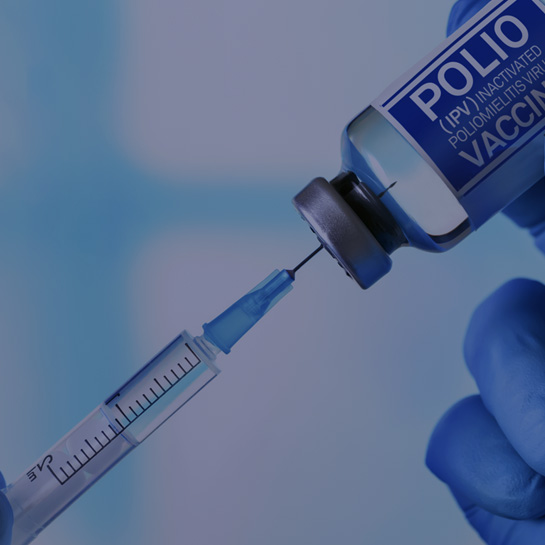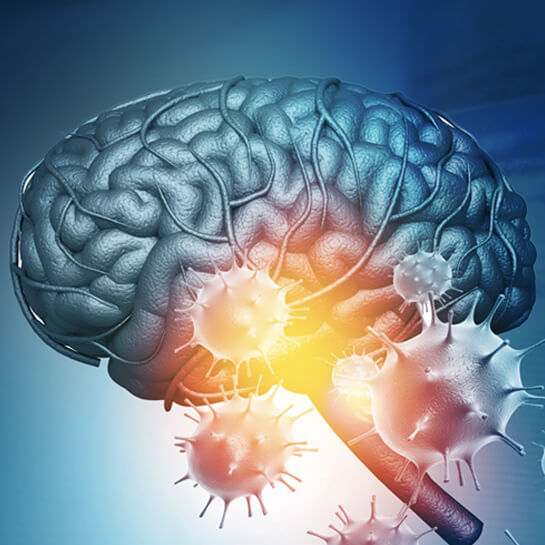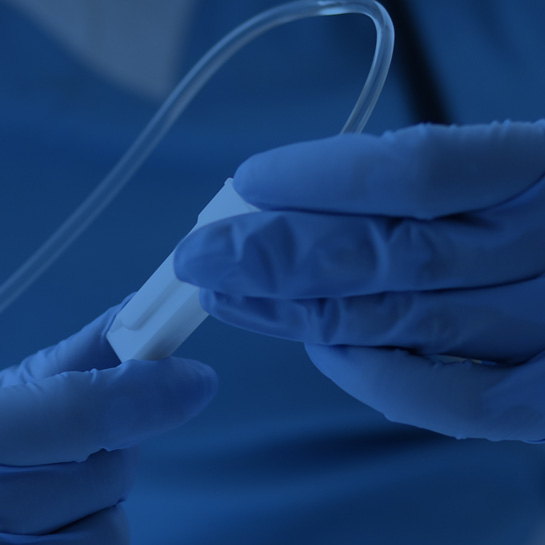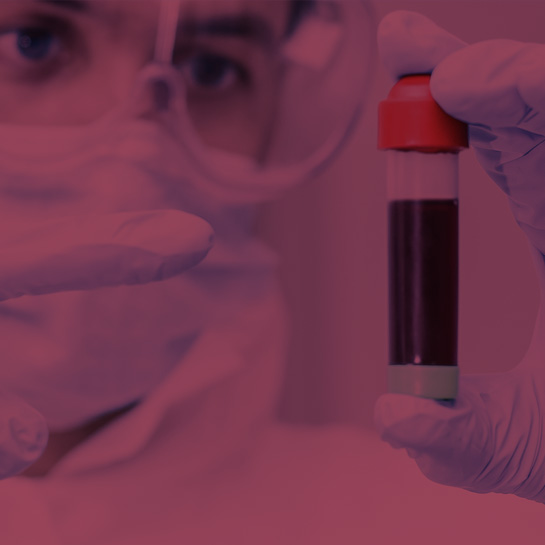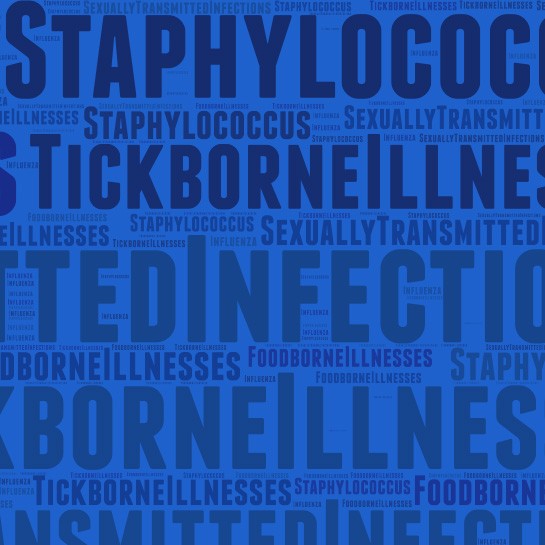Toxic Shock Syndrome
Treatment
What is toxic shock syndrome?
Caused by a toxin produced by certain types of the Staphylococcus bacteria, toxic shock syndrome is a sudden and potentially life-threatening condition that can affect the function of several organs. Although early cases of toxic shock syndrome involved women who were using superabsorbent tampons, today, less than half of the current cases are associated with it. In fact, toxic shock syndrome can affect postmenopausal women, men, and children of all ages. In addition, those who have recently undergone surgery, have skin infections, or burns are also at a higher risk.
Are there any other risk factors of toxic shock syndrome?
Additional risk factors associated with toxic shock syndrome include the following: childbirth, staph infections, foreign bodies or packings placed inside the body (such as those to stop nosebleeds, menstruation, tampon use — particularly if left in for a long time), as well as barrier contraceptives such as a diaphragm or vaginal sponge, or wound infections after surgery.
It’s important to note that a different but similar condition can also result from this form of Staphylococcus bacteria, toxic shock-like syndrome (TSLS). Although the symptoms and treatment to TSLS are almost the same as those associated with toxic shock syndrome, TSLS is not associated with any tampon use, and people with diabetes, chickenpox, or alcoholism are more at risk of developing it.
What are the symptoms of toxic shock syndrome?
Like most infections, illnesses, and diseases, signs and symptoms of toxic shock syndrome vary from person to person. However, the most common signs of toxic shock syndrome include sudden fever; low blood pressure; headache; muscle aches; confusion; diarrhea; nausea and vomiting; rash; redness of the eyes, mouth, or throat; and, in some cases, seizures.
How does ID Care diagnose toxic shock syndrome?
Although ID Care specialists are typically able to diagnose toxic shock syndrome with a physical exam and review of your symptoms, we may also test your blood and/or urine for traces of the Staphylococcus bacteria and to measure liver and kidney function. Swabs of cells from the cervix, vagina, and throat are also effective in diagnosing toxic shock syndrome.
Toxic shock syndrome is a medical emergency. As such, it needs to be treated in a hospital setting — often in the intensive care unit where the medical staff can closely monitor you. Many times, physicians will prescribe an intravenous antibiotic to assist your body in fighting the bacterial infection. After leaving the hospital, an ID Care specialist will monitor your progress and prescribe antibiotics to take at home.
SOURCE: Mayo Clinic

